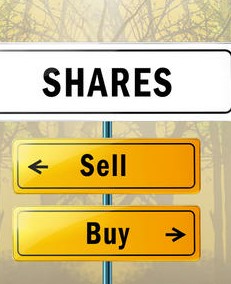Define Shares

Shares: The share capital of a company is divided into small units called shares. Shares are offered to the public for subscription. The person who purchases a time is called share holder. The share capital of the company's meant for long term requirements because it need not be paid during life time of the company. Defination: Share is defined by sec.2(46) of the companies Act as a share in the share capital of a company and includes stock except where a distinction is expressed or implied." Share carries with it certain rights and liabilities. It secures to its owner the right to receive a proportionate part of the profits and a proportionate part of the profits and a proportionate part of the assets of and obligations. A share is evidenced by a share certificate. Each share in a company having share capital is distinguished by its number. Different types of shares: Types of shares: ...









